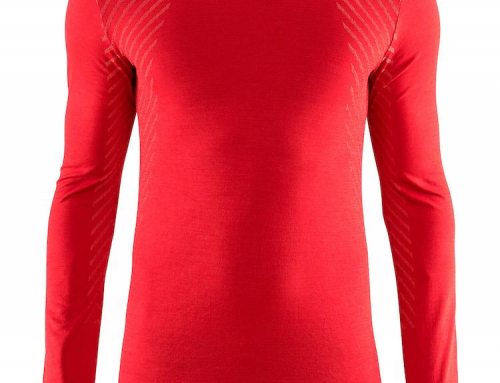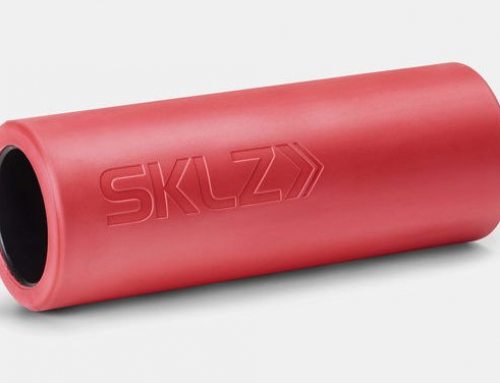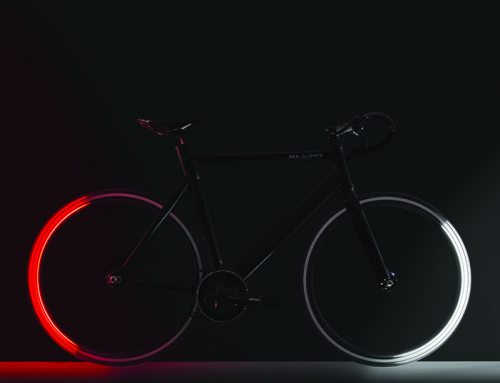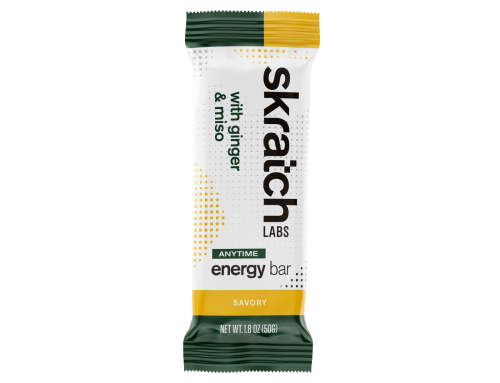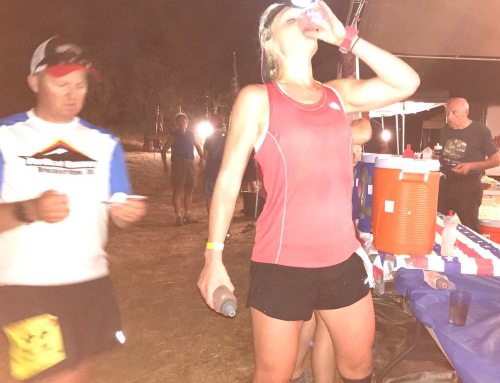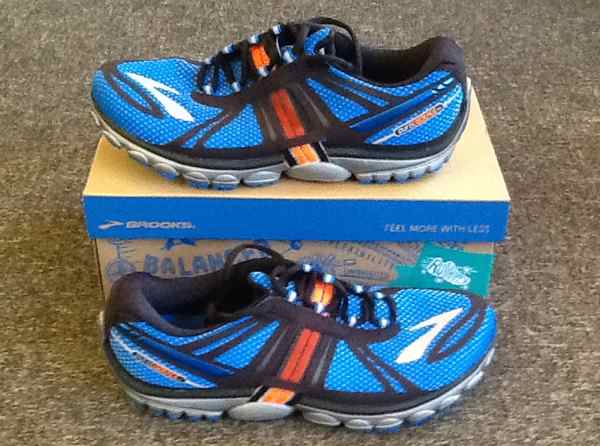
By Cid Cardoso, Jr.
In mid-2011, Brooks, known for making such reliable and consistent running shoes as the Adrenaline and Addiction, introduced the Pure Project line. This line of shoes was their answer to the fast-growing minimalistic running shoe market. The fact that Brooks entered that running segment is not entirely surprising, as every major manufacturer raced to come up with wild “look at me” versions of the Vibram FiveFingers following its early success. What was noteworthy, and to me more interesting and admirable, is how Brooks decided to do it under its own terms. Instead of rushing and imitating, they took their time and developed not only one model, but a line that they could build upon and be proud of.
Brooks supposedly interviewed scores of runners to find out what they were looking for in running shoes. Their claim is that runners for the most part didn’t understand all the different features incorporated by manufacturers and also didn’t care as much about these features as long as the shoe felt good and kept them injury-free. They also heard repeatedly that runners enjoyed a greater feel of the road and wanted to experience a greater connection to the surroundings. Driven by this feedback, Brooks tried to simplify the running shoe while incorporating aspects of minimalist shoe design. Hence the Pure Project motto, “Feel more with less.”
The Pure Project line initially consisted of four models: the Connect (the lightest one), the Flow (the neutral one), the Cadence (the stability one), and the Grit (the trail one). Now, as the Pure Project 2 version of these four shoes just hit stores, a fifth model, the Pure Drift, was also introduced. With an insole that keeps the heel-to-toe offset at 4 mm but can be removed for a 0 mm offset, the Pure Drift is an even lighter and more minimalistic option for runners seeking a zero-drop natural shoe.
The first departure from the rest of the conventional Brooks line found in the Pure Project shoes is the heel-to-toe offset. Instead of the more traditional 10-15 mm drop, the Pure line uses a 4 mm drop, which is consistent with other shoes billed as “natural.” For the midsole, Brooks continues down the green path popularized by shoes such as Green Silence by using what they call the BioMoGoo Brooks DNA midsole. This proprietary midsole is not only designed to provide a responsive ride (slightly modified by gender) but also to break down 50 times faster than regular EVA midsoles once it hits the landfill. Although seemingly single density, the midsole actually has varied density designed to gradually control the pronation from the mid-stance to the push-off. This is called Brooks PDRB, or progressive density rollbar, which, unlike other foot bridges, external plates, or dual density plugs, is engineered in the midsole itself.
The Cadence2, like the original version and the other Pure models, continues to use the Toe Flex groove between the big toe and the other toes. This allows for greater forefoot flexibility and independent toe movement, which improves balance. The slimmed-down “Ideal Heel” minimizes heel strike and promotes forefoot landing. The Nav Band on the Cadence2 is lengthened to circumvent the midfoot across the lacing system for additional snugness and support. The new feature and most visible feature on the upper of the Cadence2 (and other Pure Project 2 versions) is the “Anatomical Shape” with the tongue attached on one side and a curved lacing system, which follows the contour of the foot to provide a glove-like fit.
As I’ve mentioned in previous reviews, I like the low drop found in most natural running shoes although I’m not a big fan of the extreme minimalist approach. My experience is that most runners can benefit from and enjoy a low-drop shoe. However, the percentage of runners that will benefit and enjoy a “barefoot” minimalist approach for distance running is much smaller. I personally like (and need) some cushioning. In fact, I believe the benefits a runner will get from some protection and shock absorption will ultimately outweigh the weight savings and other possible (biomechanical) benefits from a complete absence of cushioning. With that being said, I found the Pure Project Cadence2 to provide the desired low drop while still providing ample cushioning. I liked the fast feel and the lightness of the shoe but didn’t feel too beat up after six-plus miles of running. As a 43-year-old runner with plenty of miles on my legs but still trying to run fast and long, I can definitely tell when the cushioning is lacking, as my hamstrings and quads start to ache. As a mild pronator, I normally run with orthotics but I first tried the Cadence2 with its original insole to get a feel for the cushioning and support. I found the Pure Cadence2 to offer just enough stability, although it felt a little unfamiliar. With orthotics, they felt great: stable yet light, cushioned yet responsive. The stroebel construction accepted the orthotics easily and the fact that the removed insole was also fairly thick kept the fit roomy enough. My feeling is that for those used to the firmer support of an Adrenaline or an Addiction, the Cadence2 will feel flimsier and not supportive enough. Of course, that will likely be the case with pretty much all natural or minimalistic shoes, even those billed as stability models.
I like the upper of the Cadence2 better than that of the original version, which bunched a little on my forefoot. The anatomical shaped upper with its “flap” “wrapped” cleanly over my midfoot, providing a surprisingly comfortable and snug fit. The curved lacing system moved the pressure slightly to the outside while still keeping the knot fairly centered, preventing a sloppy side drag. Normally, I don’t spend too much time talking about the looks of shoes since that should always be secondary to function. Nevertheless, we know from our customers that looks also count. The Cadence2 has the same unique visual appeal as the rest of the Pure Project line, using bold, strong colors on the upper and contrasting midsole and highlights. The blue/orange version that I tested got thumbs up not only from me but also from my 15-year-old daughter, who obviously has a much better sense of fashion than I do (and who runs in Pure Project Flow herself).
Brooks undoubtedly succeeded in creating a line of natural running shoes with personality, street credibility and marketability, as proved by its wide acceptance by novice to competitive runners. The shoes look good and feel good. “Feel more with less” holds true. Another one of Brooks’ goals with the Pure Project line was to create lighter shoes that didn’t cost more. In this area, they’ve only partially succeeded. At $120 retail, the Pure Cadence2 is in line with most light stability shoes. Furthermore, like most light trainers, most runners will get only about 300 miles from this shoe. I found this to be true with the original Cadence and I don’t expect the Cadence2 to be much more durable. Less material can result in a lighter, faster, and very comfortable running shoe; however, even with today’s technology and clever design, there will be some compromise on the durability.
# # #
Cid Cardoso, Jr., owner of Inside Out Sports, has been doing triathlons for more than 20 years. In October 2011, he competed in his 26th Ironman – his eighth appearance at Kona. A veteran of ultramarathons, he has competed in Team RAAM twice. He has seen equipment evolve with the sport and continues to test new products to assess their impact on performance. He trains, works, and resides in Cary with his wife, two daughters, and son. You can reach him at cidjr@insideoutsports.com.


